Want to Know More! Basics of Thermo-Fluid Analysis 14: Chapter 3 Flow 3.2.3 Streamline, streakline, and pathline
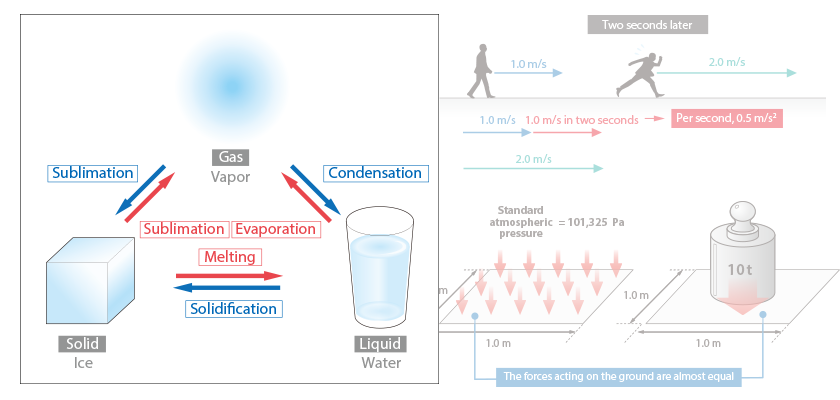
3.2.3 Streamline, streakline, and pathline
Flow is expressed typically by streamline, streakline, and pathline.
Streamline is a curve, which smoothly connects velocity vectors at a certain moment. The tangent line of a streamline indicates the flow direction on the streamline. A streakline is a curve, which is drawn by connecting particles generated from a certain point in a space. A trace of smoke from a chimney is a typical example of a streakline. A pathline is a trajectory of a fluid particle. A trajectory of a balloon in a space is an example of a pathline.
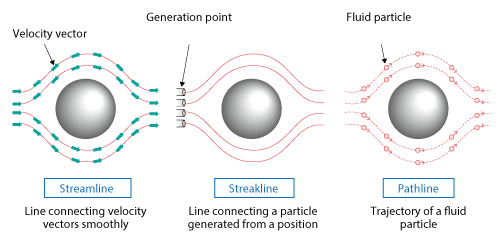
Figure 3.13 Streamline, streakline, and pathline (when a flow does not change over time)
When a flow does not change over time, streamline, streakline, and pathline draw the same line. On the other hand, when a flow changes over time, the three lines draw different lines.
Let us think about an example where a north wind changes to a south wind over time. Figure 3.14 shows the result. You find that the result is different depending on a type of line. Especially, the result of streamline is very different from that of the others depending on the focused moment. This is because a streamline is drawn by connecting velocity vectors at a certain moment smoothly.
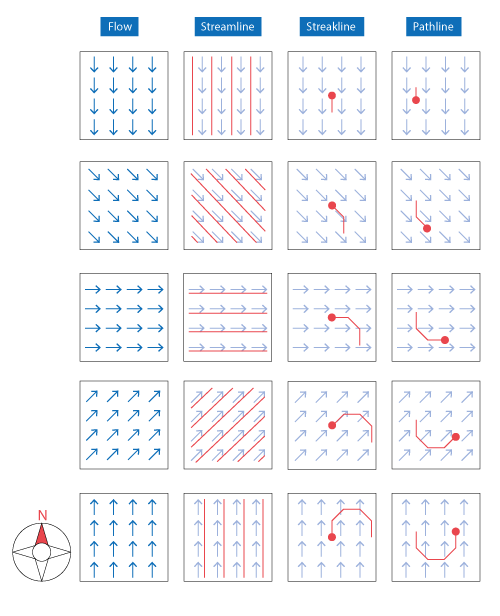
Figure 3.14 Streamline, streakline, and pathline (when a flow changes over time)
When you visualize a thermo-fluid analysis or an experimental result, it is important to know the difference between these expressions of the lines.
Want to know more Streamtube
A streamline is a line, which connects velocity vectors smoothly. This type of lines is called an envelope curve. Because a streamline is connected in a flow direction, streamlines do not intersect with each other.
When we consider a closed curve in a flow as shown in Figure 3.15 and generate streamlines from the curve, a virtual tube is made. The tube is called a streamtube. Because streamlines do not intersect with each other, i.e., a flow does not pass across the streamline, no flow pass through the surface of a streamtube.
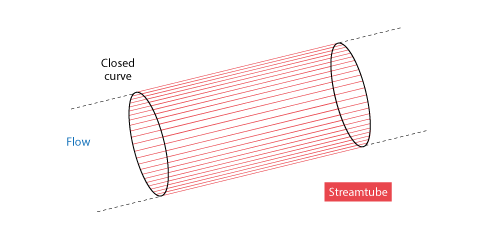
Figure 3.15 Streamtube
Want to know more Flow on an object’s surface
There is another method to visualize a flow in an experiment – oil-film method or oil flow. In this method, oil is applied on a surface of an object and the oil pattern is observed to know a flow on the surface.
The oil on an object’s surface is affected by a flow near the surface and spreads. We can regard the oil pattern as a streamline very close to the surface.
Note that the oil flow expression method in Postprocessor of a thermo-fluid analysis is the function to draw streamline-like patterns on an object’s surface by using velocity vectors near the object’s surface.
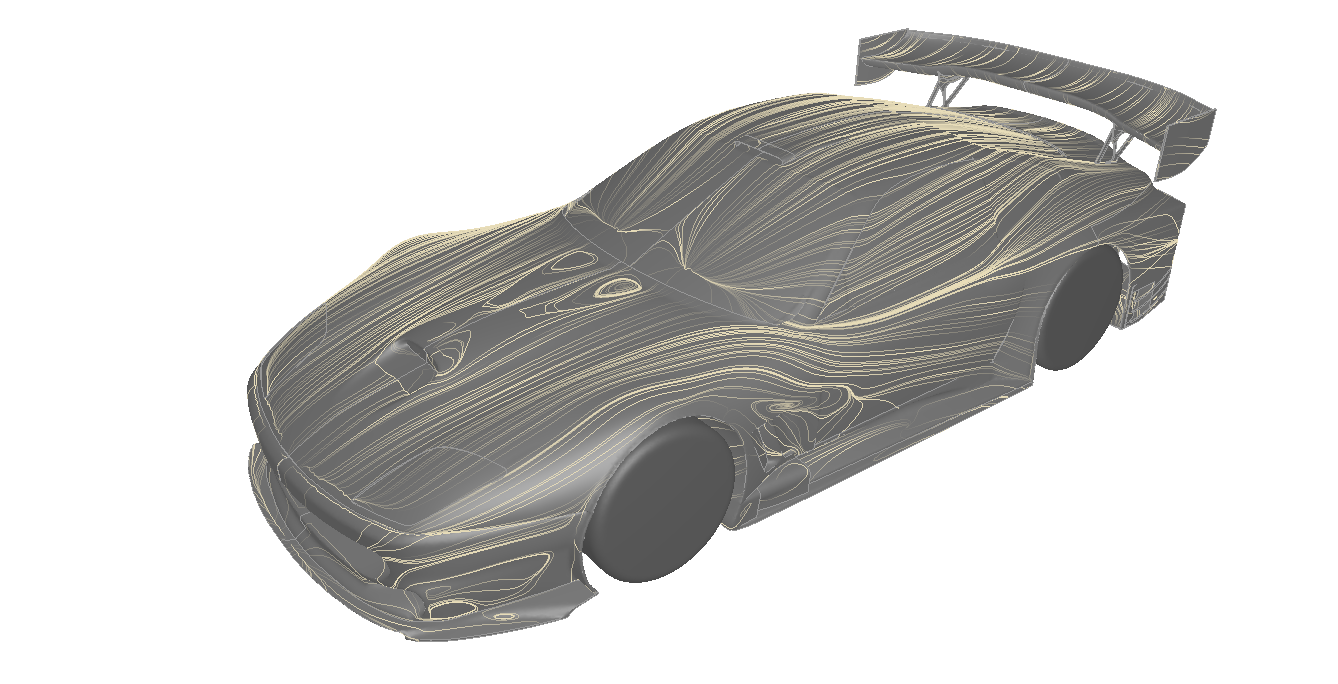
Figure 3.16 Oil flow on the surface of a car body

About the Author
Atsushi Ueyama | Born in September 1983, Hyogo, Japan )
He has a Doctor of Philosophy in Engineering from Osaka University. His doctoral research focused on numerical method for fluid-solid interaction problem. He is a consulting engineer at Software Cradle and provides technical support to Cradle customers. He is also an active lecturer at Cradle seminars and training courses and the author of serial articles Basic Course of Thermo-Fluid Analysis.


